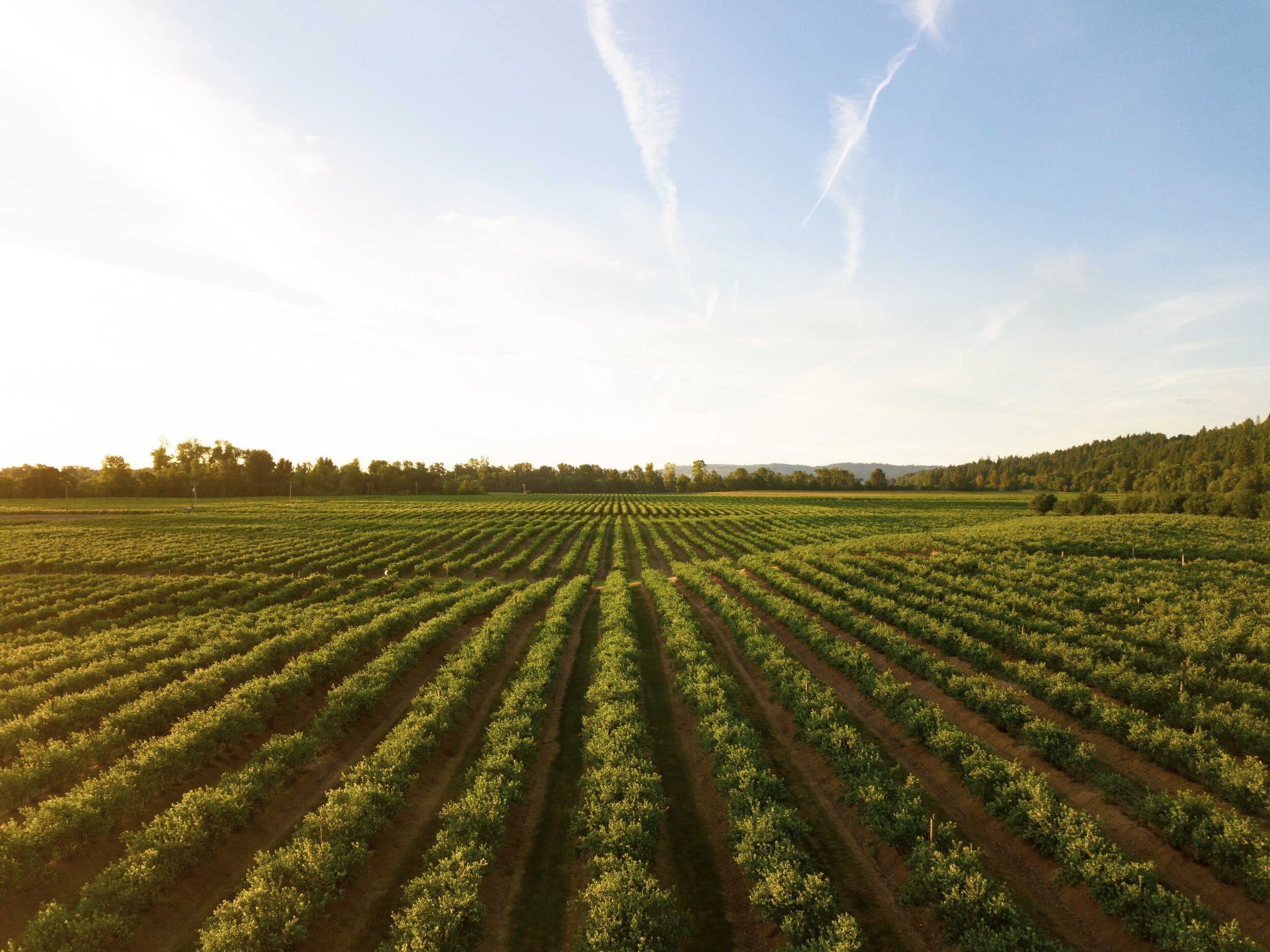
Agricultural Pollution
Agricultural pollution
Pollution from agricultural practices is classified as a diffuse source of pollution as there is no single point source of contamination which enters the fluvial systems of a region. Agricultural pollution enters the environment as result of surface runoff, with the excessive use of fertilisers, pesticides and other products being washed away as a result of overland flow during precipitation events, as well as through the leaching of contaminants to groundwater.
Other forms of pollution, steming from agricultural practices, include the presence of antibiotics within the farm water, this occurs as a result of the overuse of antibiotics within the livestock farming industry with much of what is administered being excreeted by the farm animals directly on to the surface where it begins to leach into the watertable below the fields. The increased presence of antibiotics within the environment can have drastic negative effects on the health of both livestock and humans with an increased potential for the development of antibiotic resistant strains of bacteria.
Pollutants
Within the agricultural industry many pollutants are present these include:
Nutrients (such as Nitrogen and Phosphorus)
Pesticides
Animal Waste
Sediments (from soil erosion)
Many of the products that are used have their purposes within the agricultural industry, however, the improper use of these products can lead to major environmental damage that can be long lasting.
Environmental Impact
Nutrients
Nutrient use within the global agricultural complex is high, with the use of nitrogen fixing nutrients and phosphorous being used to improve the overall quality of crops as well as aiding in their growth. However, once these products enter the fluvial environment they can lead to the complete loss of biota within stretches of fluvial systems, this occurs as a result of the process of eutrophication. Eutrophication or Algal blooms occur as the excessive concentration of nutrients within the fluvial system trigger a bloom of algae growth that can lead to stretches of the river becoming completely covered in this organic matter. As the nutrients allow for this growth, the algae within the bloom uses a large proportion of the dissolved oxygen within a fluvial system, as such there is no oxygen present for any of the biota within the region leading to the loss of both the flora and fauna within the affected region. The process of eutrophication can have severe and long lasting impacts on environmental health leading to the deterioration of the wider ecosystem, as such it is imperative to keep these events to a minimum within all fluvial systems.
Pesticides
The environmental impact of pesticides is greatly known, with the contaminants entering fluvial systems through surface runoff, with major damge seen to the natural ecosystem as a result of the excessive use of these products. Many of the products that are used in agricultural processes execute their original purpose of protecting products through killing the pests that target crops, however, these products also effect species that they were not intended for. This can be seen with pesticides entering the natural environment and leading to severe damage, leading to the loss of biota within the fluvial environment lowering the biodiversity of a fluvial ecosystem. The impacts of pesticides on the fluvial environment can be seen through out the globe with the need to meet the demands for agricultural products often leading to the misuse of these products leading to environment contamination.
Animal Waste
Animal waste contains a large amount of material that can be harmful to the wider environment other than just manure. Through practices such as the excessive use of antibiotics during the process of raising livestock, products such as excess antibiotics enter the environment through leaching into the watertable, this has the potential of not only contaminating groundwater resources but also causes wider concern for public health with the potential for an increase in antibiotic resistant bacteria within the natural environment. This poses a major health risk for both the livestock that is being raised but also the wider public health.
Sediments
As a result of soil erosion, often from the overworking of the subsurface sediments that can be highly damaging to surface water ecosystems. This can severly impact the health of aquatic ecosystems reducing biodiversity within fluvial systems leading to the overall detirioration of the wider fluvial system.
Mitigation
Many methods can be implemented to reduce the amount of contamination that originates from agricultural processes, these solutions originate from many areas including wider governmental regulation on the use of products that can be harmful in excessive quantities as well as fines for agricultural activity that does not meet the outlined standards for the protection of the environment.
Mitigation of the contamination can also occur through reducing the transport of the harmful materials into the wider environment, this can be seen on a smaller, individual scale with farmers opting for the use of surface buffer zones around their land. These buffer zones consist of a stip of turf along the agricultural land that reduces the transportation of the materials in the result of surface runoff, with a larger proportion of the contaminants being intersepted in this buffer zone.
The level of environmental pollution can also be reduced through changes in the practices that occur on an individual level with farms opting to use new techniques for protecting crops and livestock, limiting the amount of products that are used throughout their activity. This can be seen with a reduction in the amounts of antibiotics used in livestock reering leading to less being excreeted into the natural environment as waste where it can then impact the wider environment, as well as in changes in practices such as the use of products that are known to be harmful to the wider environment such as pesticides.
